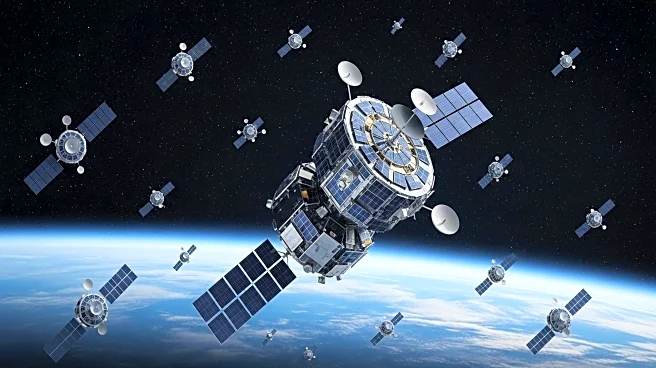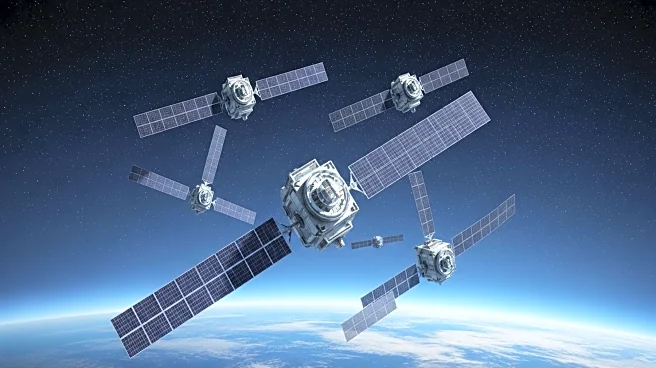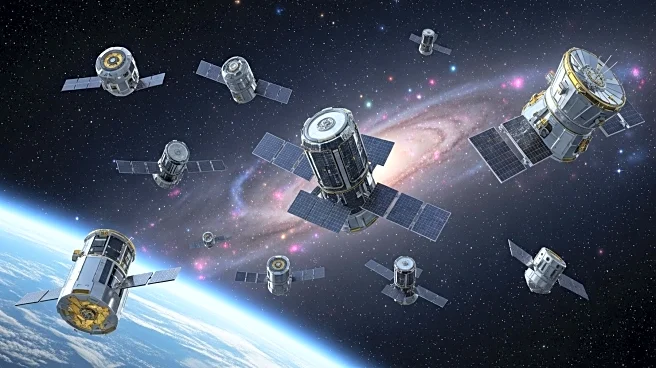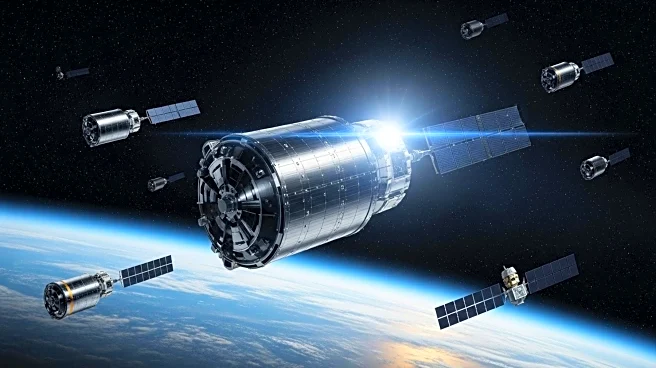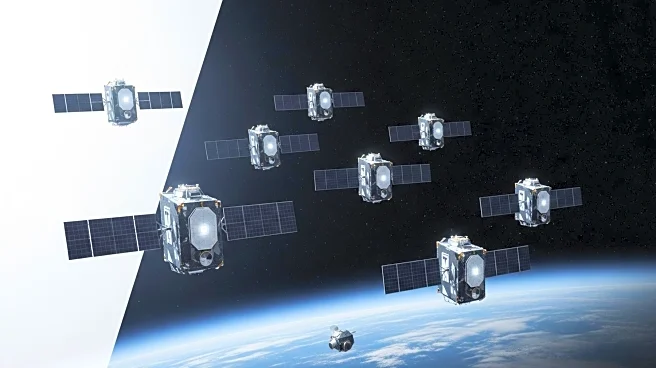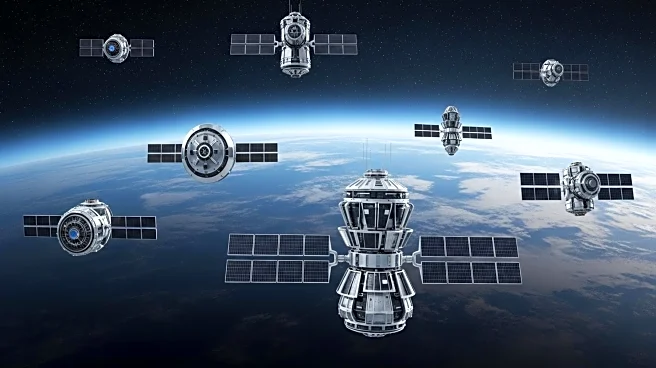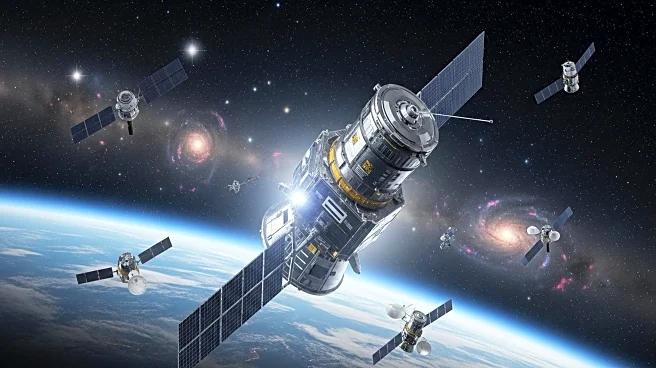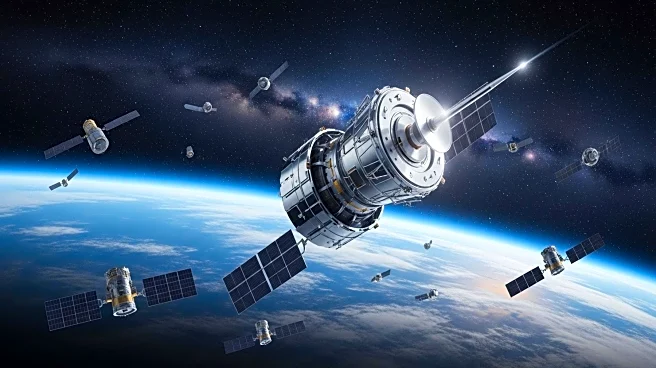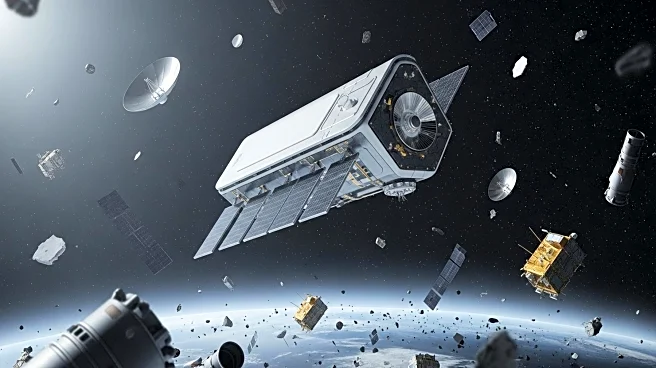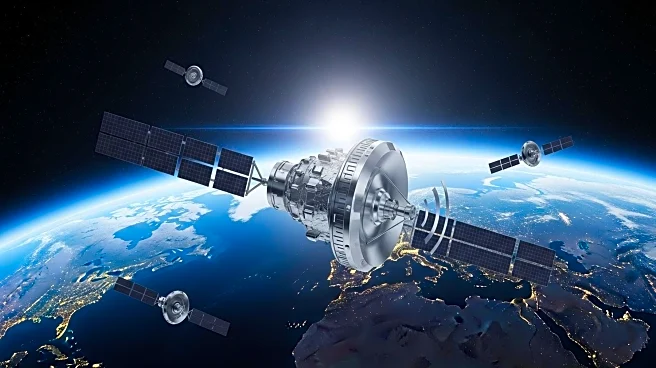What's Happening?
On September 25, 2025, SpaceX and United Launch Alliance (ULA) successfully conducted back-to-back rocket launches, deploying Starlink internet satellites and Amazon's Kuiper broadband satellites. SpaceX launched 28 Starlink satellites from Cape Canaveral, followed by ULA's launch of 27 Kuiper satellites. This marked a significant achievement in rapid launch cadence, with SpaceX completing three launches in approximately 41 hours. The launches are part of ongoing efforts to expand global satellite internet coverage, with SpaceX's Starlink network now comprising over 8,400 satellites in orbit.
Why It's Important?
The rapid expansion of satellite networks by companies like SpaceX and Amazon is transforming global internet access, particularly in remote and underserved areas. These launches demonstrate the increasing capability and efficiency of commercial space operations, which are crucial for meeting the growing demand for high-speed internet. The success of these missions also highlights the competitive nature of the satellite internet market, with companies racing to deploy large constellations to secure market share. This trend is likely to drive further innovation and investment in the space industry.
What's Next?
Both SpaceX and Amazon are expected to continue their aggressive launch schedules to expand their satellite constellations. SpaceX plans to launch additional Starlink satellites, while Amazon aims to deploy more Kuiper satellites to meet regulatory deadlines. The competition between these companies is likely to intensify, with potential implications for pricing and service availability. Additionally, the increased number of satellites in orbit raises concerns about space traffic management and debris mitigation, which will require coordinated efforts from industry and regulatory bodies.

